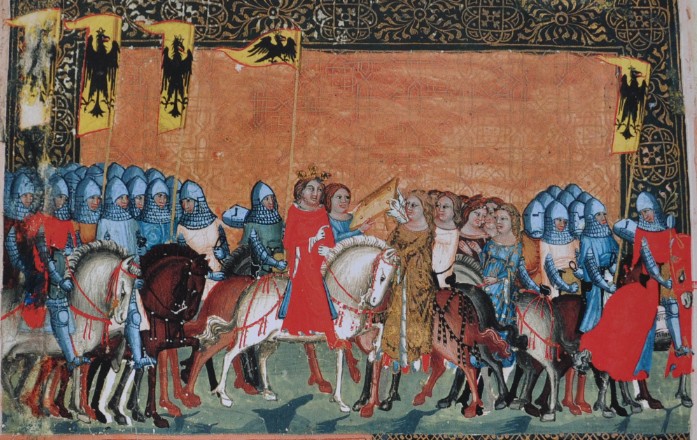|
USAG Schweinfurt
United States Army Garrison Schweinfurt (USAG Schweinfurt) was a United States Army military community located in and around Schweinfurt, Germany from 1945 to 2014. The garrison comprised two installations (Conn and Ledward Barracks), two housing areas (Askren Manor and Yorktown Village Housing Area), and two local training areas (''Brönnhof'' or Area M) in Pfändhausen, to the north of Schweinfurt as well as Sulzheim (Sulzheim Training Area), 15 minutes to the south of Schweinfurt. Cold War-era installations in Bad Kissingen, Bad Neustadt, Hammelburg, and Oerlenbach were closed prior to the closure of USAG Schweinfurt in the years following German reunification in 1990. The installations that would go on to comprise Ledward and Conn Barracks of USAG Schweinfurt began construction in 1935. Ledward Barracks was then a Heer tank barracks, constructed from 1935–36 for Panzerregiment 4, then called the ''Schweinfurt Panzerkaserne'' or ''Adolf-Hitler-Kaserne'', while Conn Bar ... [...More Info...] [...Related Items...] OR: [Wikipedia] [Google] [Baidu] |
Schweinfurt
Schweinfurt ( , ; ) is a city in the district of Lower Franconia in Bavaria, Germany. It is the administrative centre of the surrounding district (''Landkreis'') of Schweinfurt and a major industrial, cultural and educational hub. The urban agglomeration has 100,200 (2018) and the city's catchment area, including the Main-Rhön region and parts of South Thuringia, 759,000 inhabitants. Schweinfurt was first documented in 791 and is one of the oldest cities in Bavaria. Around 1000 the Margraves of Schweinfurt controlled large parts of northern Bavaria. From the 12th century until 1802 Schweinfurt was a Free imperial city within the Holy Roman Empire, around 1700 a humanistic centre and in 1770 began the 250-year industrial history. During World War II, the Americans suffered their biggest air defeat over Schweinfurt in the Second Raid on Schweinfurt ''(Black Thursday)''. On 11 April 1945, the US Army invaded the city. During the Cold ... [...More Info...] [...Related Items...] OR: [Wikipedia] [Google] [Baidu] |
Junkers Ju 87
The Junkers Ju 87 or Stuka (from ''Sturzkampfflugzeug'', "dive bomber") was a German dive bomber and ground-attack aircraft. Designed by Hermann Pohlmann, it first flew in 1935. The Ju 87 made its combat debut in 1937 with the Luftwaffe's Condor Legion during the Spanish Civil War of 1936–1939 and served the Axis in World War II from beginning to end (1939–1945). The aircraft is easily recognisable by its inverted gull wings and fixed spatted undercarriage. Upon the leading edges of its faired main gear legs were mounted ram-air sirens known as ', which became a propaganda symbol of German air power and of the so-called ''Blitzkrieg'' victories of 1939–1942, as well as providing Stuka pilots with audible feedback as to speed. The Stuka's design included several innovations, including automatic pull-up dive brakes under both wings to ensure that the aircraft recovered from its attack dive even if the pilot blacked out from the high g-forces. The Ju 87 operated with c ... [...More Info...] [...Related Items...] OR: [Wikipedia] [Google] [Baidu] |

